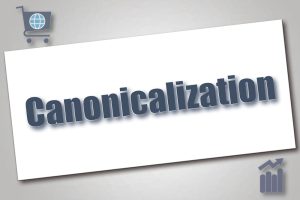I have been involved in the web development and content creation industries since the early 1990s. I have seen a lot of changes over the last 30 years. Take web development services. Way back when, websites were pretty basic. There wasn’t much variation between them. That is no longer the case. Web developers can customize a client’s website in so many different ways that it’s almost unfathomable.
Companies looking to establish an online presence for the first time have choices. They can build their own websites or pay for professional web development services. Among those choices are many more, including the type of site that eventually goes up. Below are four different types of sites along with a description of their functions.
The Static Website
The static website is just as its name suggests. It is usually an informational site that needs to do little more than present written content. It is often written in basic HTML, CSS, and JavaScript. However, do not let the name fool you. A static website doesn’t have to be plain and boring.
Webtek Digital Marketing, a Salt Lake City marketing and SEO agency that also offers web development services, says that static websites are typical for small businesses that don’t sell goods online. A good example is a roofing contractor. His website is designed to showcase his services and his main service areas. It also includes contact information and photographs of his work.
The Dynamic Website
A dynamic website takes its name from the foundation on which it’s built. Dynamic sites are built using content management systems (CMSs) like WordPress or Drupal. They are dynamic in the sense that they rely on page templates and databases to display content.
Static sites are built one page at a time. Dynamic sites are built differently. Web developers begin by selecting a pre-made theme or building one from scratch. The theme and its templates determine how information on the site is displayed. After that, content is created and stored in a database. This method eliminates the need to build each page independently.
The Ecommerce Site
The third type of site, the ecommerce site Is one most of us are familiar with. Any site that sells goods at retail is considered an ecommerce site. Note that there are ecommerce sites operated by wholesalers as well. They all have one thing in common: their main purpose is to be an online shopping environment through which customers can buy what they need.
Webtek explains that ecommerce websites are more difficult to build because they include shopping carts, payment gateways, and product management systems for maintaining inventory. That says nothing of all the individual product pages that need to be built.
Web Applications
The final type of website we will deal with here is not actually a site per se, it is a web application accessed through a browser. It appears as a site to the user despite the fact that it is actually a piece of software hosted in the cloud.
Single page applications make use of interactive and dynamic components to provide a seamless user experience on just one page. More advanced web applications use multiple pages along with scripts, forms, etc.
Companies offering web development services should be able to build just about any type of site a customer wants. However, there is plenty of specialization within the field. One company might specialize in ecommerce sites while another focuses mainly on dynamic sites powered by CMSs. Either way, choosing the right kind of site is one of the first tasks for any business looking to get online for the first time.















